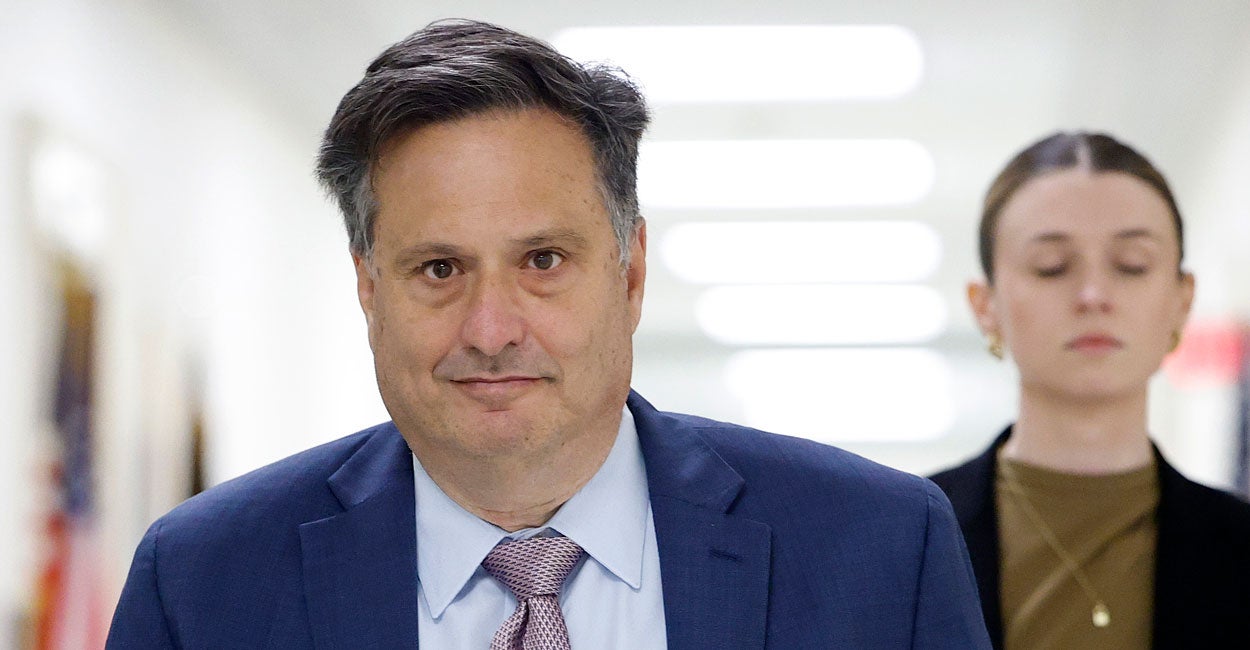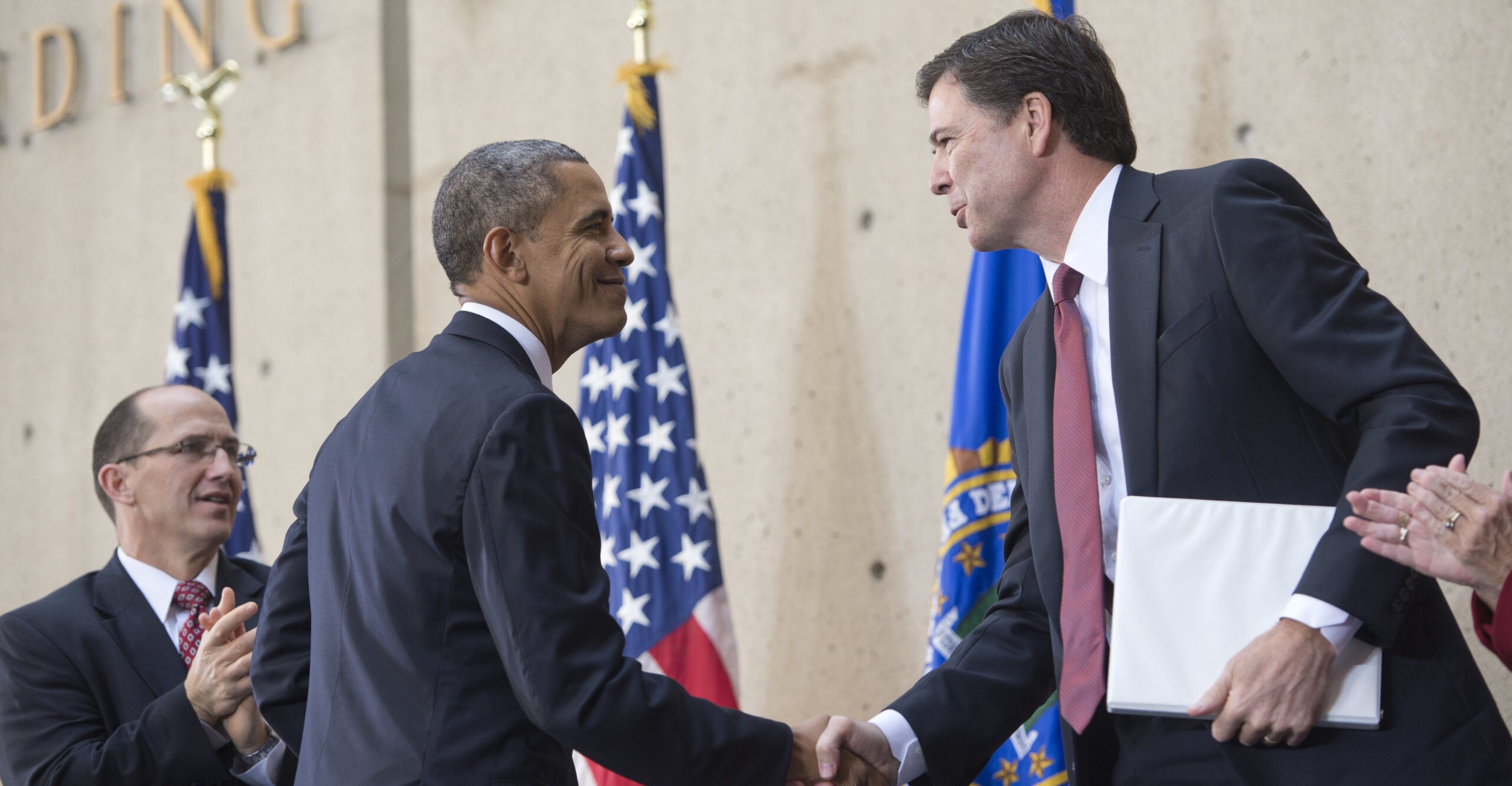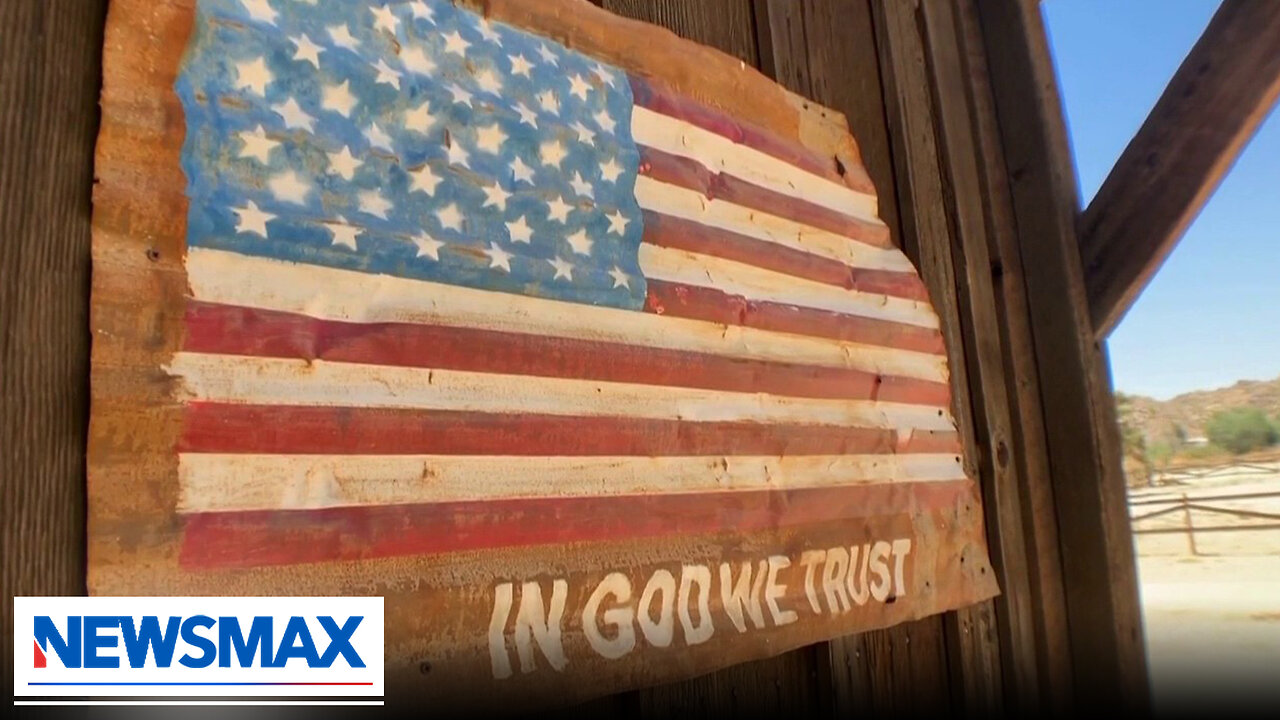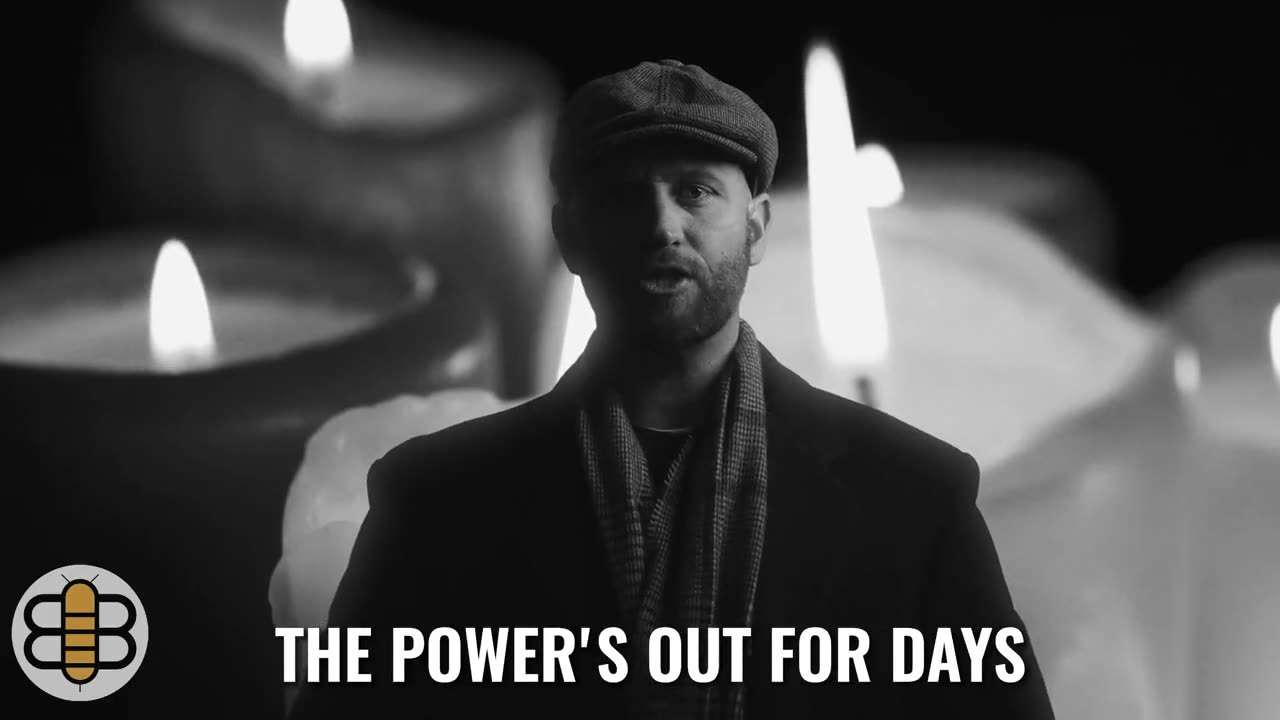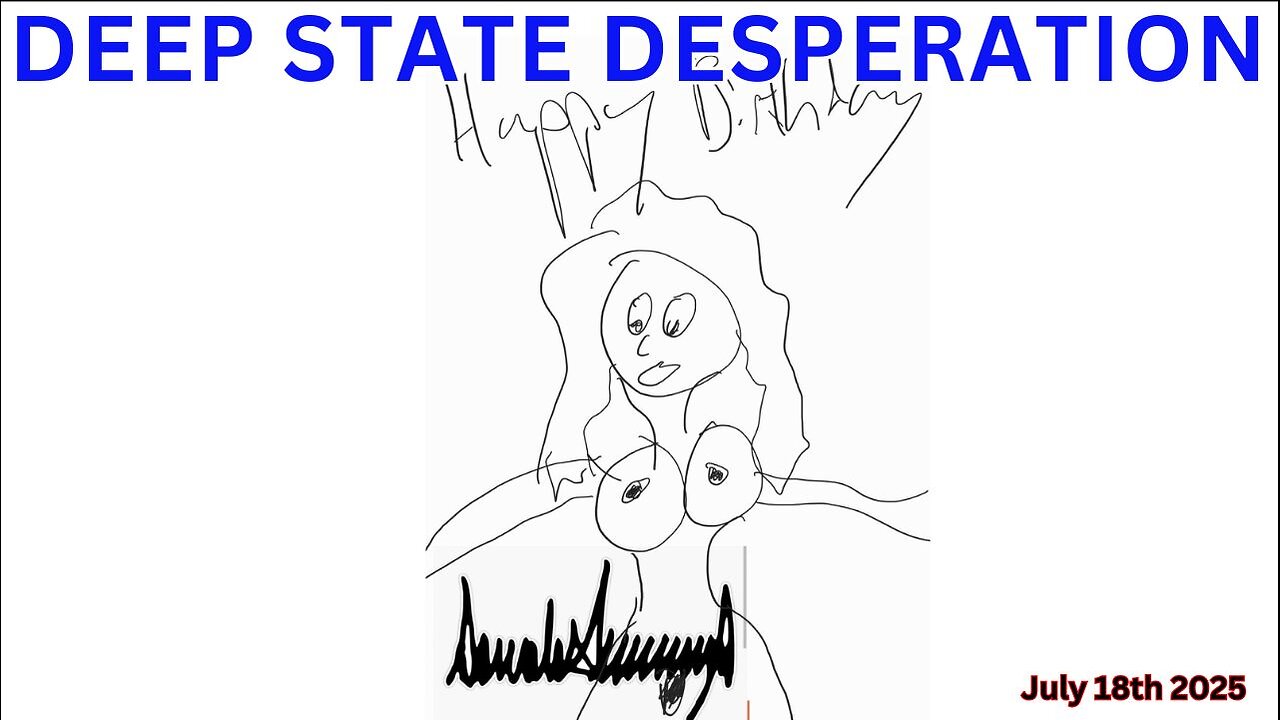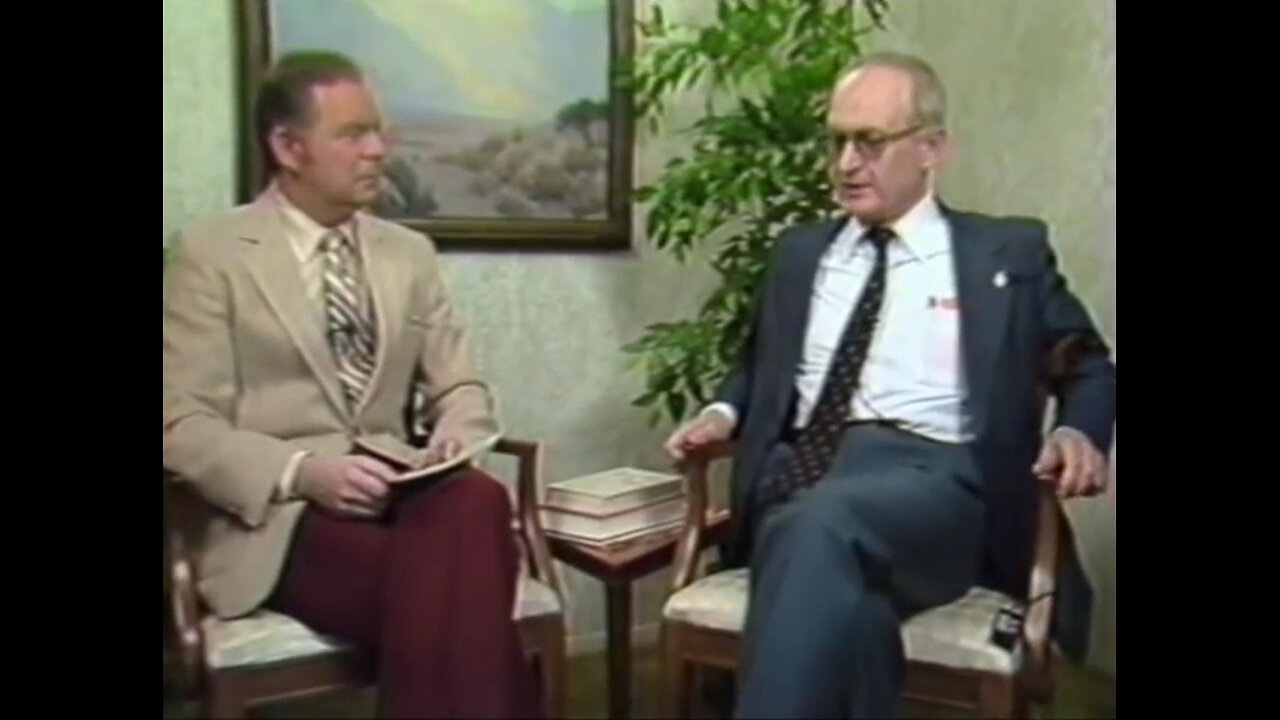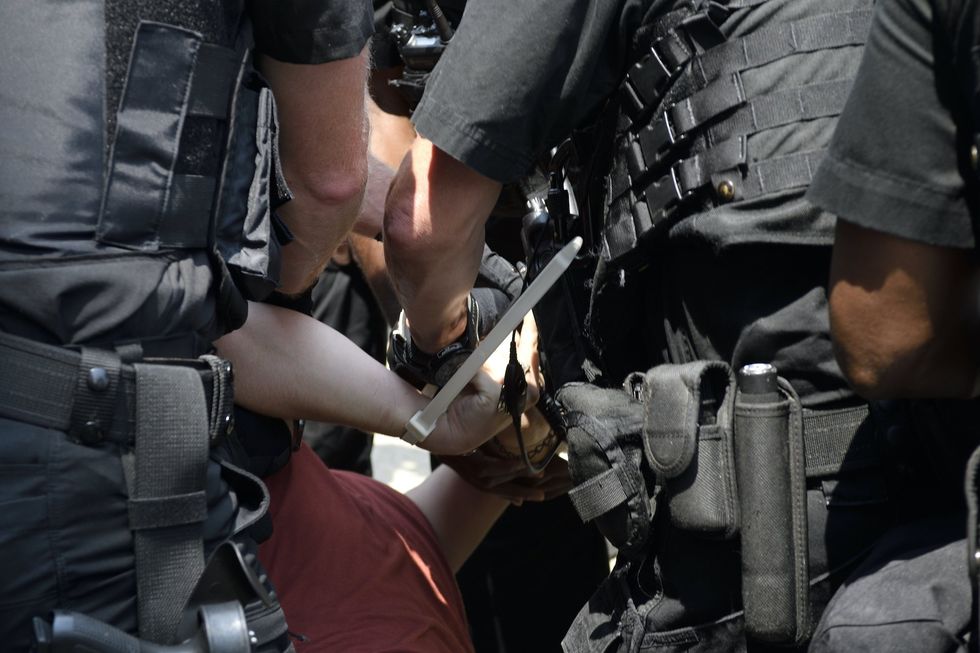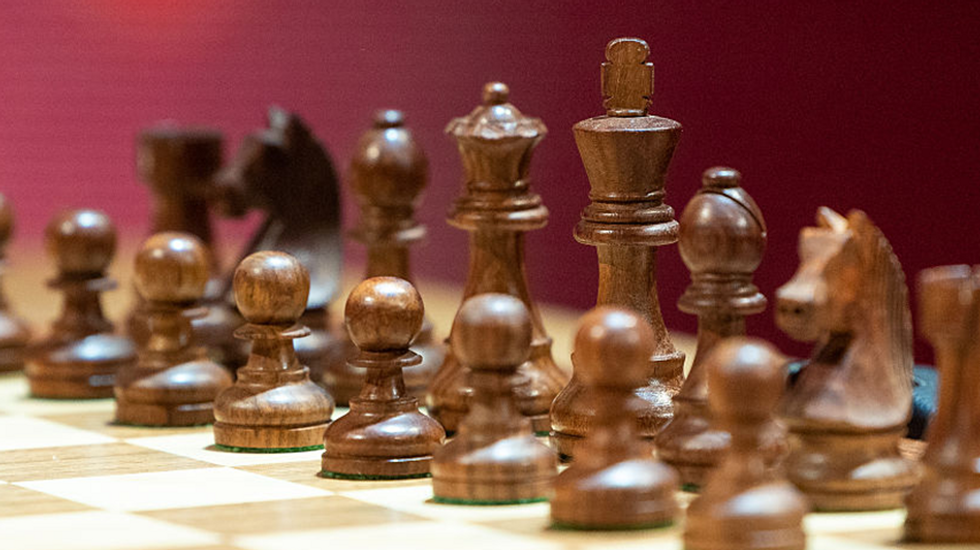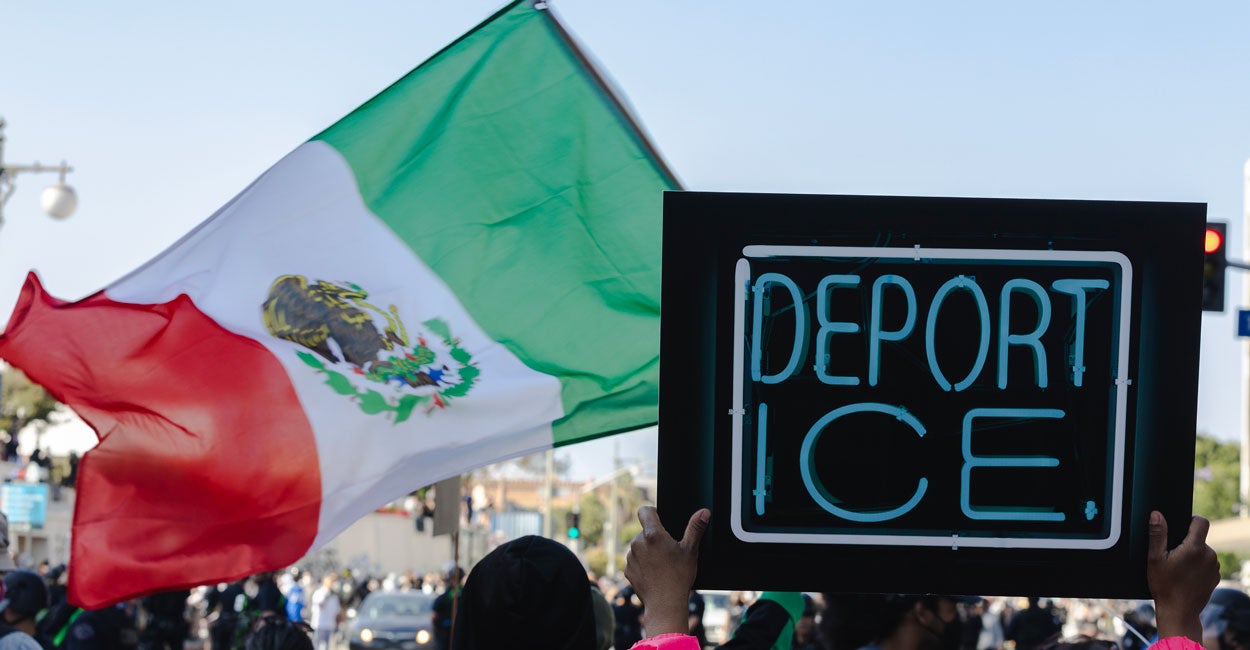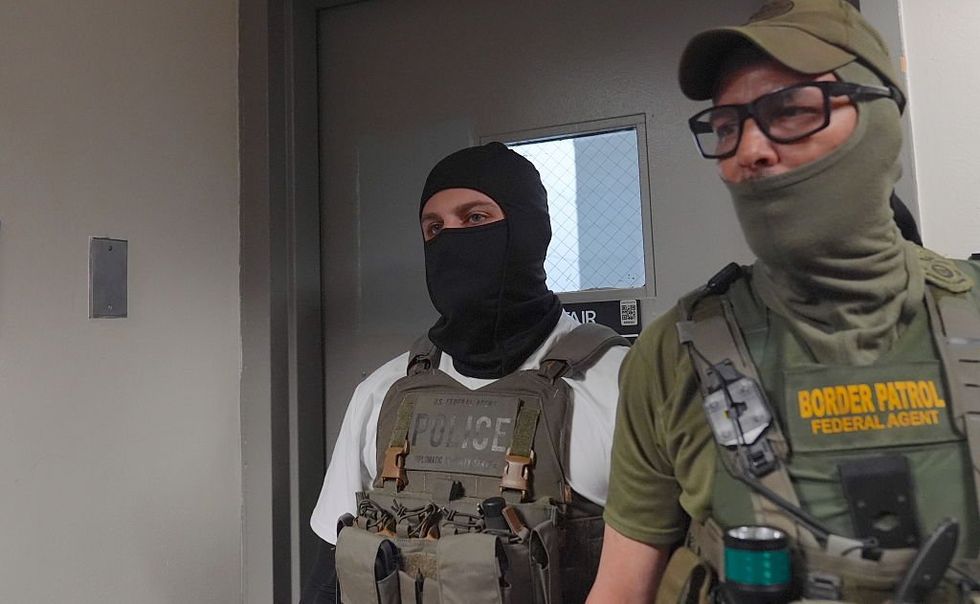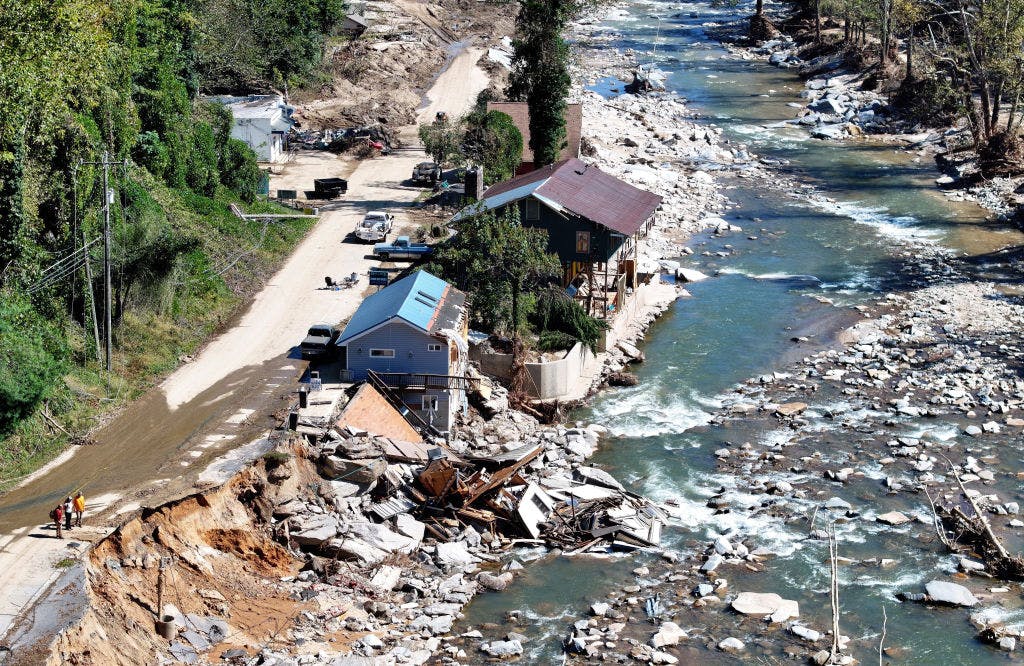New evidence indicates Shroud of Turin shows EXACT moment of resurrection
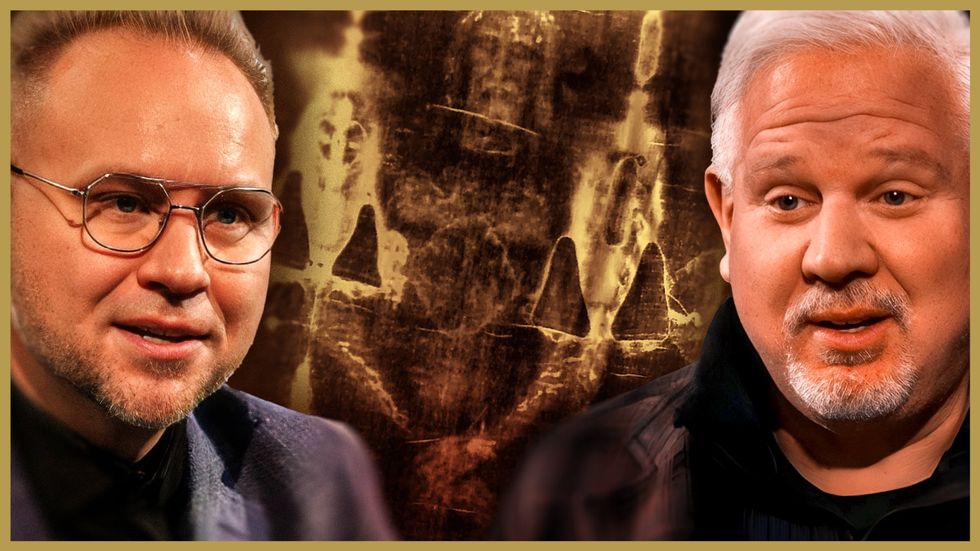

For centuries, the Shroud of Turin has been a major controversy. Imprinted by the body of a crucified man, the linen cloth is believed by many to be the burial cloth of Jesus Christ. Others, however, claim it is a forgery from medieval times.
How is such a mystery solved?
Experts have long gone back and forth on the garment’s authenticity, but today, thanks to scientific advancements and artificial intelligence, many researchers now believe that the garment’s authenticity can no longer be denied. They’ve even discovered evidence showing the exact moment Jesus was resurrected.
In his latest podcast episode, Glenn Beck met with one of the leading experts on the Shroud of Turin — New Testament scholar, pastor, and president of Christian Thinkers Society Dr. Jeremiah J. Johnston.
In this groundbreaking episode, Dr. Johnston covers the scientific, historic, and theological background of the Shroud of Turin and presents the latest research that likely proves the authenticity of one of the world’s most precious yet controversial artifacts.
While the name “Shroud of Turin” wasn’t used until the mid-16th century, the Gospels, other historical records, art, and metal coins predating the nomenclature all corroborate the authenticity of the garment.
“We see the exact same image of the face of Jesus in coins that corresponds with the face of Jesus on the Shroud of Turin,” says Dr. Johnston, adding that the same can be said of the earliest Jesus icons, including the one from Sinai.
Further, the majority of pollen samples found on the shroud originated in Jerusalem, specifically the varieties that bloom in the springtime, when Passover takes place.
“There are pints and pints and pints of blood all over the shroud” from “50 abrasions on the forehead” where the crown of thorns was placed, “372 lacerations from a Roman whip,” and the “lance wound in the side.”
When researchers tested the blood and the chromosomes, they found that it was human blood from a male. The blood type was AB, which is significant because “less than 3% of the world's population has type AB blood, and it is found primarily in the land of Israel.”
The blood from the lance wound in Jesus’ side was found to be "postmortem blood,” which lines up with the scriptural account of his death.
All of this research debunks the idea that the shroud was forged in medieval days, Dr. Johnston argues.
“If you're going to fake the shroud, you've got to kill a guy, his blood needs to be postmortem blood, and then you need to slap that on the spear wound,” he tells Glenn.
As for the moment of resurrection, Dr. Johnston explains that the shroud is a negative, meaning that light and dark values are reversed.
According to the research, a flash of light created the image on the linen.
“It took 34,000 trillion watts of energy emanating from the body in a flash of 1/40th of a billionth of a second to produce that image, so in other words God took the first selfie,” says Dr. Johnston.
What we see when we look at the image imprinted on the linen is “the moment of Jesus’ physical bodily resurrection Sunday morning, April 5, AD 33.”
To hear more about the Shroud of Turin and why Dr. Johnston says it’s “the most lied about artifact from antiquity,” watch the episode above.
Want more from Glenn Beck?
To enjoy more of Glenn’s masterful storytelling, thought-provoking analysis, and uncanny ability to make sense of the chaos, subscribe to BlazeTV — the largest multi-platform network of voices who love America, defend the Constitution, and live the American dream.
Originally Published at Daily Wire, Daily Signal, or The Blaze
What's Your Reaction?
 Like
0
Like
0
 Dislike
0
Dislike
0
 Love
0
Love
0
 Funny
0
Funny
0
 Angry
0
Angry
0
 Sad
0
Sad
0
 Wow
0
Wow
0
